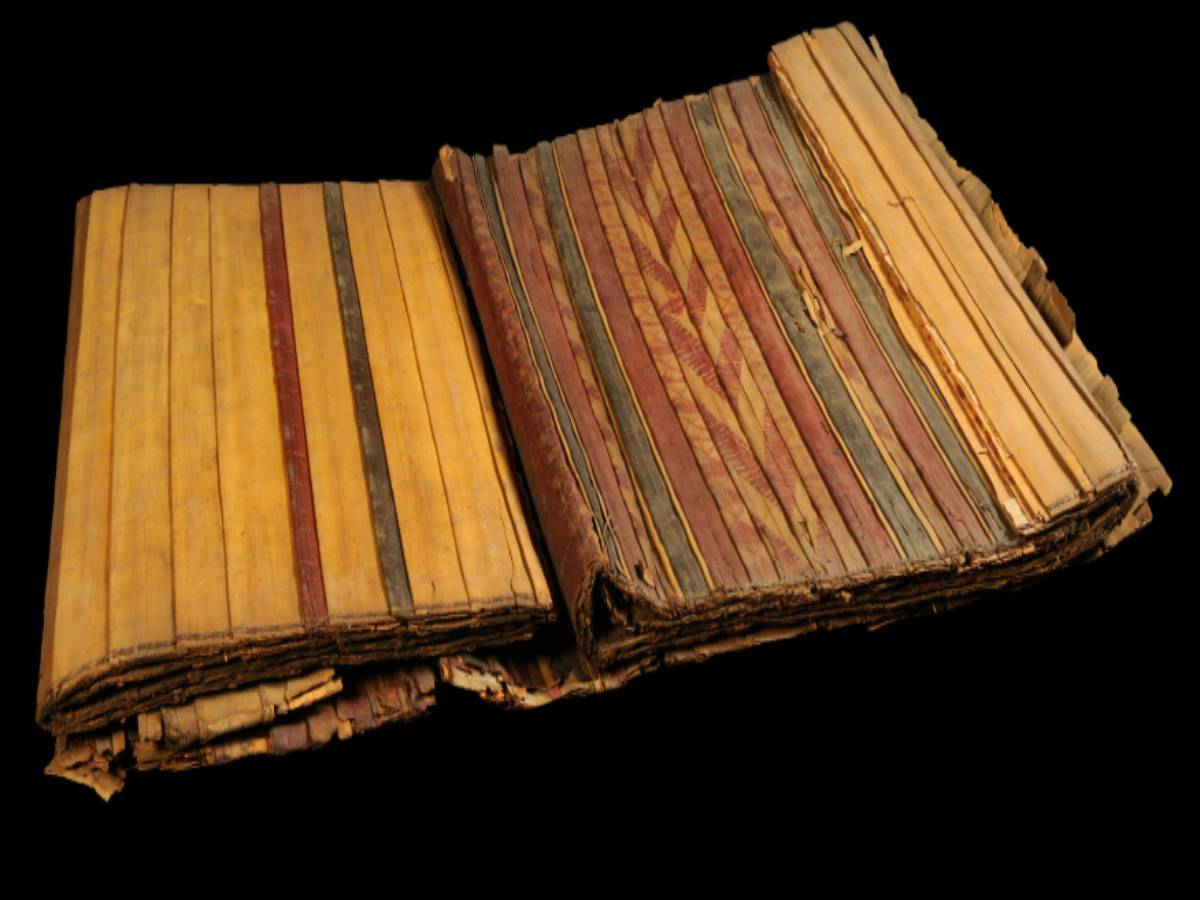State
Tribe Name
Art Type
short description
Eam is a traditional handwoven mat made of palm leaves. It incorporates the arts and crafts of the Cachari tribe of Assam, India. The native tribes are quite innovative and resourceful in having the natural material oblige. This is a mat that is most commonly found in households for sitting, sleeping, or even laying on the floor. The Eam denotes utility and sustainability, being lightweight, completely eco-friendly, and biodegradable.The Cachari tribe, one of the oldest tribes in Assam, has a connection with nature and knows traditional crafts very well. The concepts and techniques involved in making palm leaf mats are extremely detailed: collecting, drying, and weaving palm leaves into very elaborate patterns. For this reason, it is often a mother-to-daughter teaching, preserving the cultural heritage as well as the present-day craftsmanship.
Thumbnail

Filter Postion
Left
Filter Background
Off
Theme
Filter Header Image

content
Image

description
Eam is a traditional handwoven mat made of palm leaves. It incorporates the arts and crafts of the Cachari tribe of Assam, India. The native tribes are quite innovative and resourceful in having the natural material oblige. This is a mat that is most commonly found in households for sitting, sleeping, or even laying on the floor. The Eam denotes utility and sustainability, being lightweight, completely eco-friendly, and biodegradable.The Cachari tribe, one of the oldest tribes in Assam, has a connection with nature and knows traditional crafts very well. The concepts and techniques involved in making palm leaf mats are extremely detailed: collecting, drying, and weaving palm leaves into very elaborate patterns. For this reason, it is often a mother-to-daughter teaching, preserving the cultural heritage as well as the present-day craftsmanship.
The mats are not economic items; rather, they are an expression of lifestyle and symbiosis with nature. The Eam similarly bears cultural relevance, being used during traditional ceremonies and community events.The Eam highlighted in the gallery was collected in Cachar, a district in Assam, and is today conserved at the Indian Museum, Kolkata. The museological presence of this object signifies the sense of preserving indigenous artifacts that articulate the tribal heritage of India as a whole.
The mats are not economic items; rather, they are an expression of lifestyle and symbiosis with nature. The Eam similarly bears cultural relevance, being used during traditional ceremonies and community events.The Eam highlighted in the gallery was collected in Cachar, a district in Assam, and is today conserved at the Indian Museum, Kolkata. The museological presence of this object signifies the sense of preserving indigenous artifacts that articulate the tribal heritage of India as a whole.
Image Mode
landscape
promoted
On
Verified
Off
